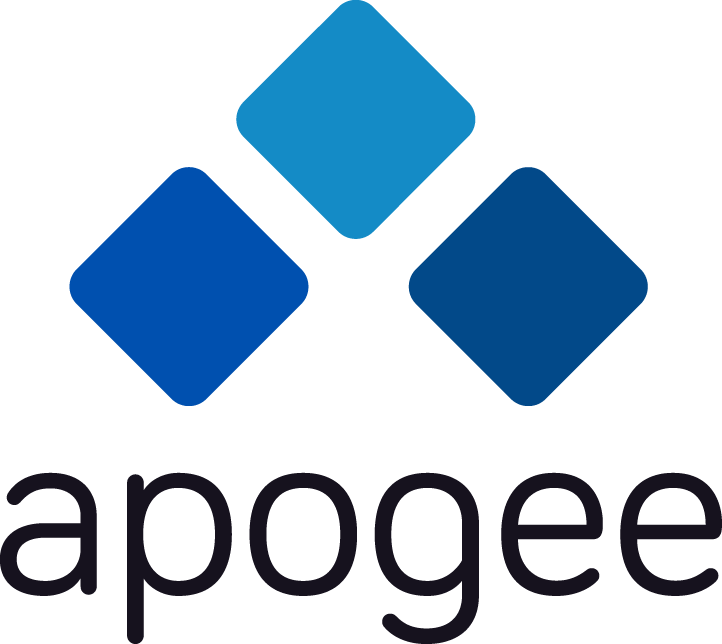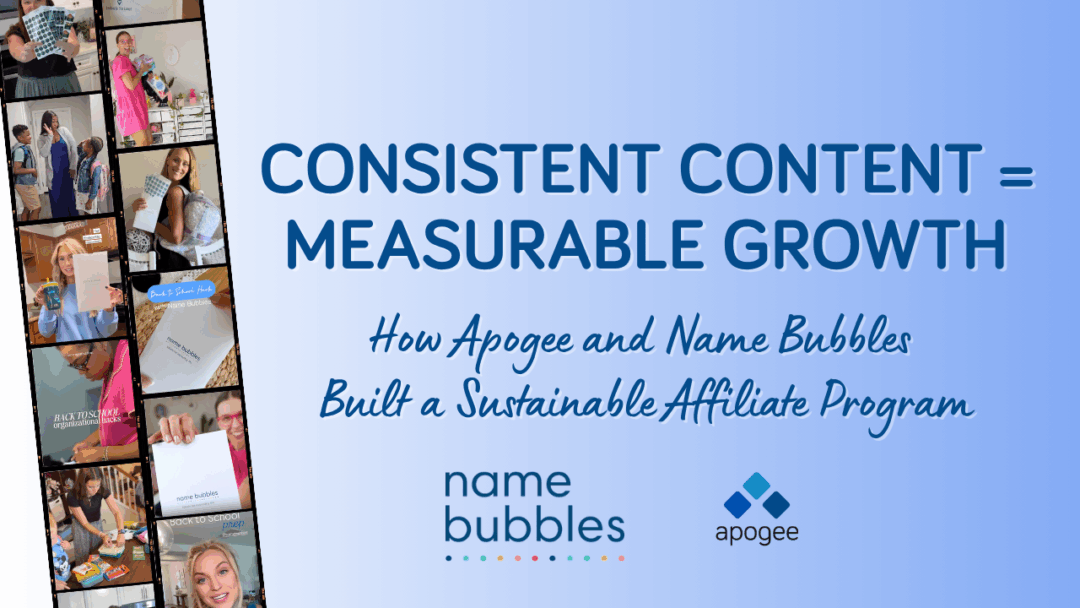
Affiliate Application Declined – Why? What Now?
September 22, 2017
Cultivating Two-Tier Affiliate Referrals
November 10, 2017This is a quick case study based on one of our Apogee clients. I want to prove to other merchants that growth is possible when the right strategy, a content-focused affiliate strategy, is put in place. I'm deliberately choosing a summer month, July, because this is the typical low point for this client. We still showed growth. Q4 numbers account for 59% of the overall sales all year. Let's see how July did.
This client had 223 orders in the month of July with $35,002 in sales. Affiliates sent 4,466 clicks and converted at 4.99%. The average order was $157. EPC was $159. There were 21 conversion line splits* which resulted in $193 commissions being put back into the pockets of content affiliates. We paid out 39 bonuses. There were no voided orders.
The program had 125 affiliates active with clicks and 13 active with sales. We approved 19 new affiliates and declined 35. There were 65 datafeed downloads. The majority of those who were active with clicks but had no sales are content affiliates. Only a handful were coupon and loyalty affiliates.
July's year-over-year changes are as follows:
- Orders: +62%
- Net Sales: +63%
- Clicks: +25%
- Average order: +28%
- Commissions paid: +58%
- EPC [1. Earnings Per 100 Clicks]: +26%
- Bonuses: +255%
- Transaction fees: +69%
- Active with clicks: –16% (Why did this number decrease? I'm not sure but the next stat makes up for it!)
- Active with sales: +18%
- New approved affiliates: +36%
- New declined affiliates: +13%
- Datafeed downloads: +20%
This is the chart I really want you to pay attention to. These are the 13 active affiliates by model and number of orders:
- Content: 90
- Shopping cart abandonment: 73
- Content: 22
- Content: 15
- Coupon: 9
- Content: 4
- Coupon: 3
- Content: 2
- Loyalty: 1
- Loyalty: 1
- Loyalty: 1
- Content: 1
- Datafeed: 1
One content affiliate is responsible for 40% of the sales in this program every month. Think about that for a second. That is rare. And awesome. And, I'm bragging, I know. Just imagine how well that affiliate does in Q4. Overall, content affiliates accounted for 60% of the sales. That's even more impressive. Our shopping cart abandonment partner in this program had 33% of the sales but they shared some of those sales with content affiliates through conversion line rules. Coupon affiliates accounted for 5% of the sales. Loyalty and datafeed were both just 1% each.
Why do I love a content-focused affiliate strategy? It works. This is the ideal model. This is the best case scenario for a mature, growing program. Affiliates come and go so recruiting never ends. Our team is continuing to build upon those personal relationships and look for new opportunities. The client actively engages with the affiliate channel and we have the resources we need for future growth.
(EDIT: One thing I forgot to add to this post was history. When we took over this program, the make-up was much different. A previous July was as follows: 62 orders at $8,446 in sales. Affiliates sent 1,468 clicks and converted at 4.22%. The average order was $136. The program had 80 affiliates active with clicks and had 11 active with sales. Coupons accounted for 50% of the orders. Now, they account for 5% as stated above.)
- Coupon – 23
- Content – 15
- Content – 7
- Content – 5
- Coupon – 5
- Loyalty – 2
- Content – 1
- Coupon – 1
- Coupon – 1
- Content – 1
- Coupon – 1
Conversion Lines
This got a footnote-style notation above but it really deserves its own section.
*We have reviewed and tweaked our advanced attribution lines multiple times over the last couple years. Basically, influencing content affiliates that share the clickstream with coupon sites split the commission. The coupon sites always receive 2% commission, regardless of the default commission. Conversion lines reduce the content site's VIP or default commission by 2%. The couponer did its job and helped close the sale and they get what they are owed, 2%. If the default commission for the content site was 10%, then they only get 8% for this transaction. The merchant only pays 10% and does not incur additional costs. The content site gets the bulk of the commission as the influencer.
For the content affiliate who earned zero under the last-click attribution model, this is better and it's fair. If an influencing content site shares the clickstream with a loyalty site closing the sale, the loyalty site gets nothing. There is no easy way to split commissions and make it fair for the loyalty site or the cash back demanding customer. If a content affiliate shares the clickstream with a shopping cart abandonment affiliate, the commission splits a little differently. The abandonment affiliate's commission splits in half and that number is subtracted by the content's commission. Again, they both did their job and we value the abandonment's optimized efforts more than other models in these rules.




